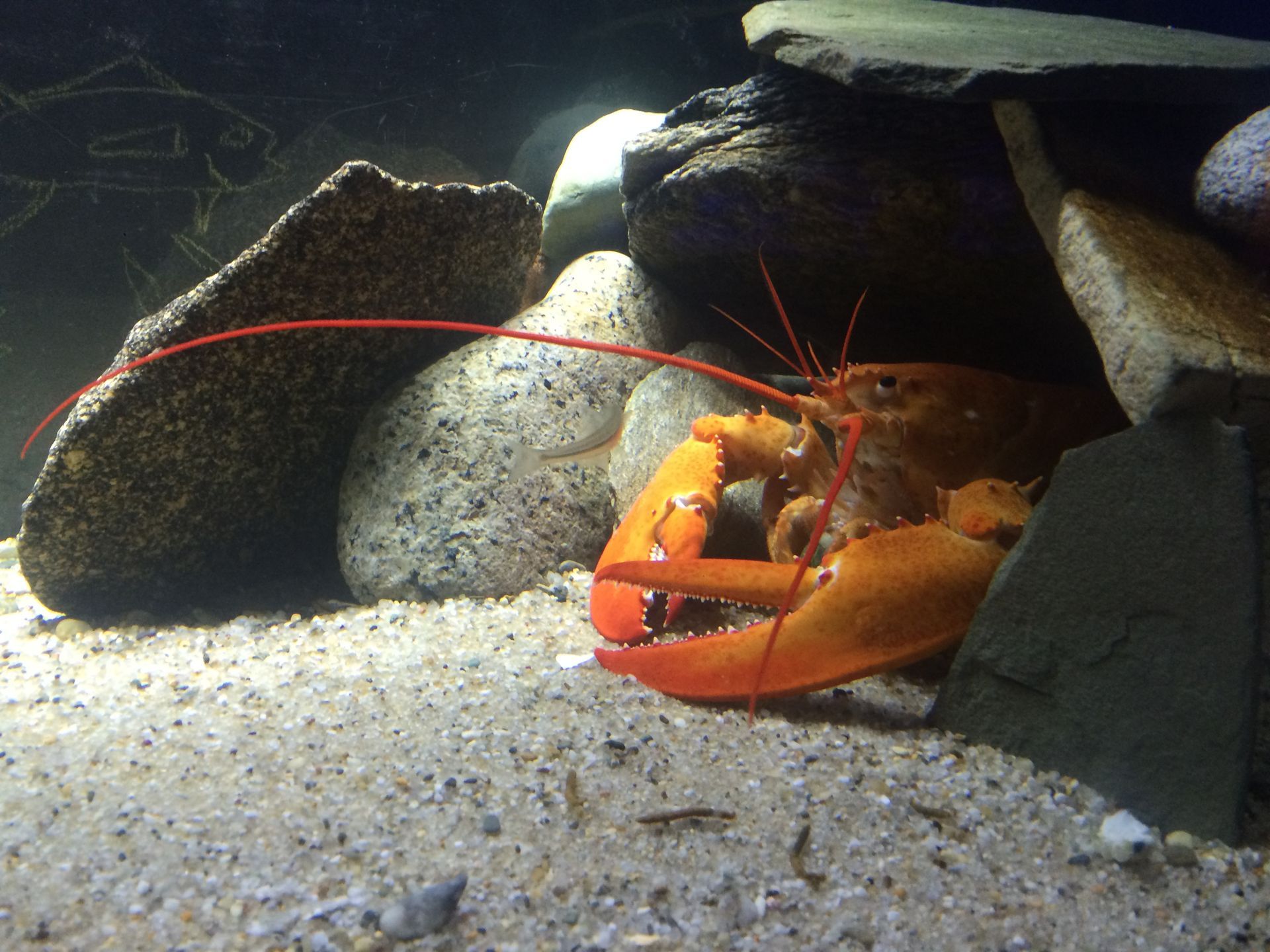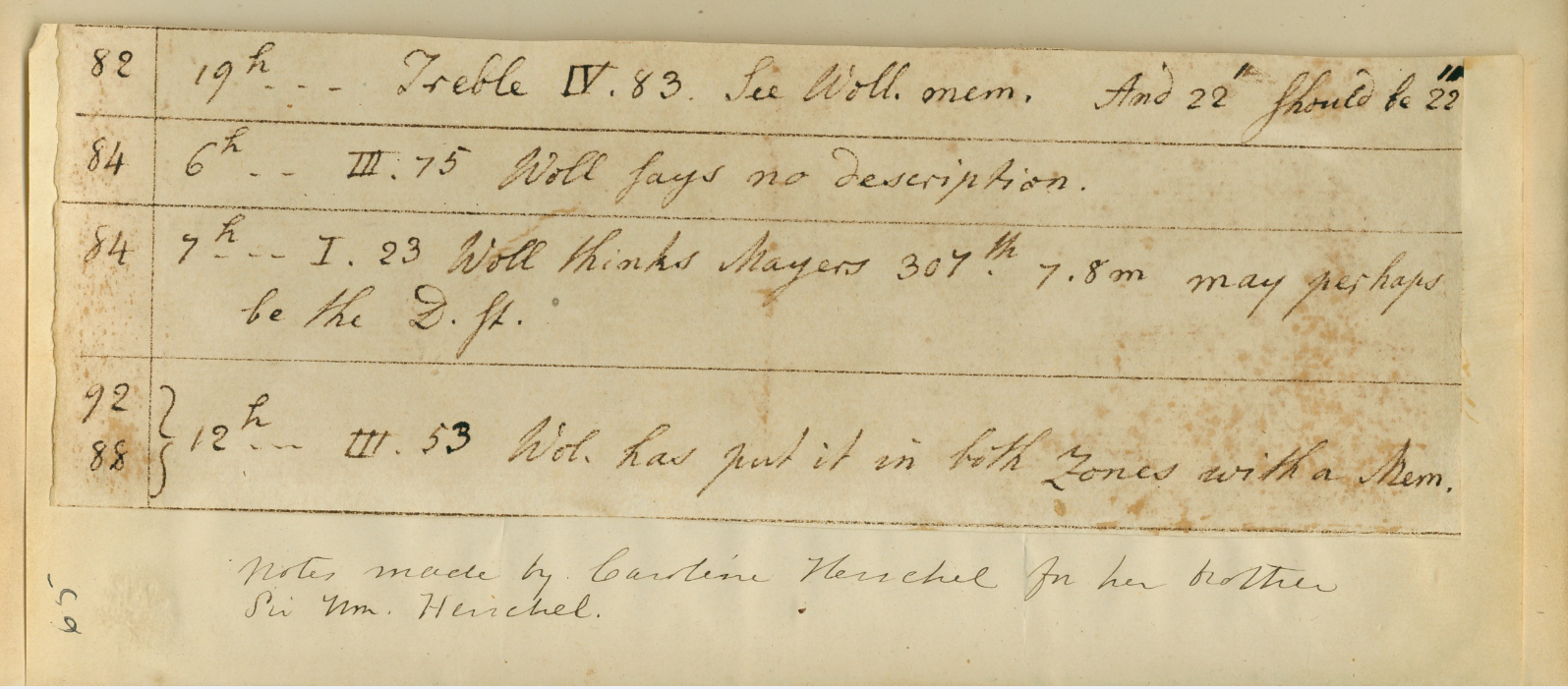MMA Co-Hosts Author Amy Brill with Nantucket Book Festival
She had hoped to visit the nebula she’d seen the night before, near the Cat’s Eyes in the tail of the Scorpion. A pale, luminous area like a suspended cloud with two distinct bands . . . . At the southeast edge of one, Hannah had observed a bright mist . . . . Sighting it, she’d felt like an explorer on the knife edge of the New World, the veil of possibility and promise suddenly thin enough to puncture with the slightest breath.
Thus begins, author Amy Brill’s debut novel, The Movement of Stars , which was inspired by the life of Nantucket’s own Maria Mitchell. Her heroine, Hannah Gardner Price, like Maria Mitchell, works at the Atheneum and plies the heavens above her island home with a telescope each night. Amy first learned about Mitchell in 1996 when she visited the island and after many years of research, including with the Maria Mitchell Papers, Hannah was born. This debut novel is already winning critical acclaim and is garnering much enthusiasm both here on Nantucket and elsewhere.
Amy is the author of numerous articles and essays that have been featured in publications such as Time Out New York and Salon.
She has received several fellowships in fiction, including from The Edward Albee Foundation and The Millay Colony. In 2002, her work on the MTV documentary The Social History of HIV, which she researched and wrote, earned her a Peabody Award. A Pushcart Prize nominee, Amy also was the Robert and Charlotte Baron Visiting Artist Fellow at the American Antiquarian Society in Worcester, MA in 2005.
The idea of Amy possibly taking part in the Nantucket Book Festival (NBF) began last summer when she visited the island and the Mitchell House and we were able to catch up. From there, we approached the leaders of the NBF about the possibility of inviting Amy for the 2013 NBF. We at MMA are very excited to co-host this program and hope that you will be able to join us. Also stay tuned for special stargazing events at the Loines Observatory in celebration of the NBF and Amy’s debut novel.
On Saturday, June 22, the MMA and NBF will co-host Amy for an “Author Breakfast” during which she will discuss and read from her book. The continental breakfast will begin at 8:30 and will be held at the Dreamland Theater’s Harborview Room. Tickets are $35.00 and can be purchased on the NBF’s website at: http://nantucketbookfestival.org. We hope to see you there!
JNLF
Recent Posts





